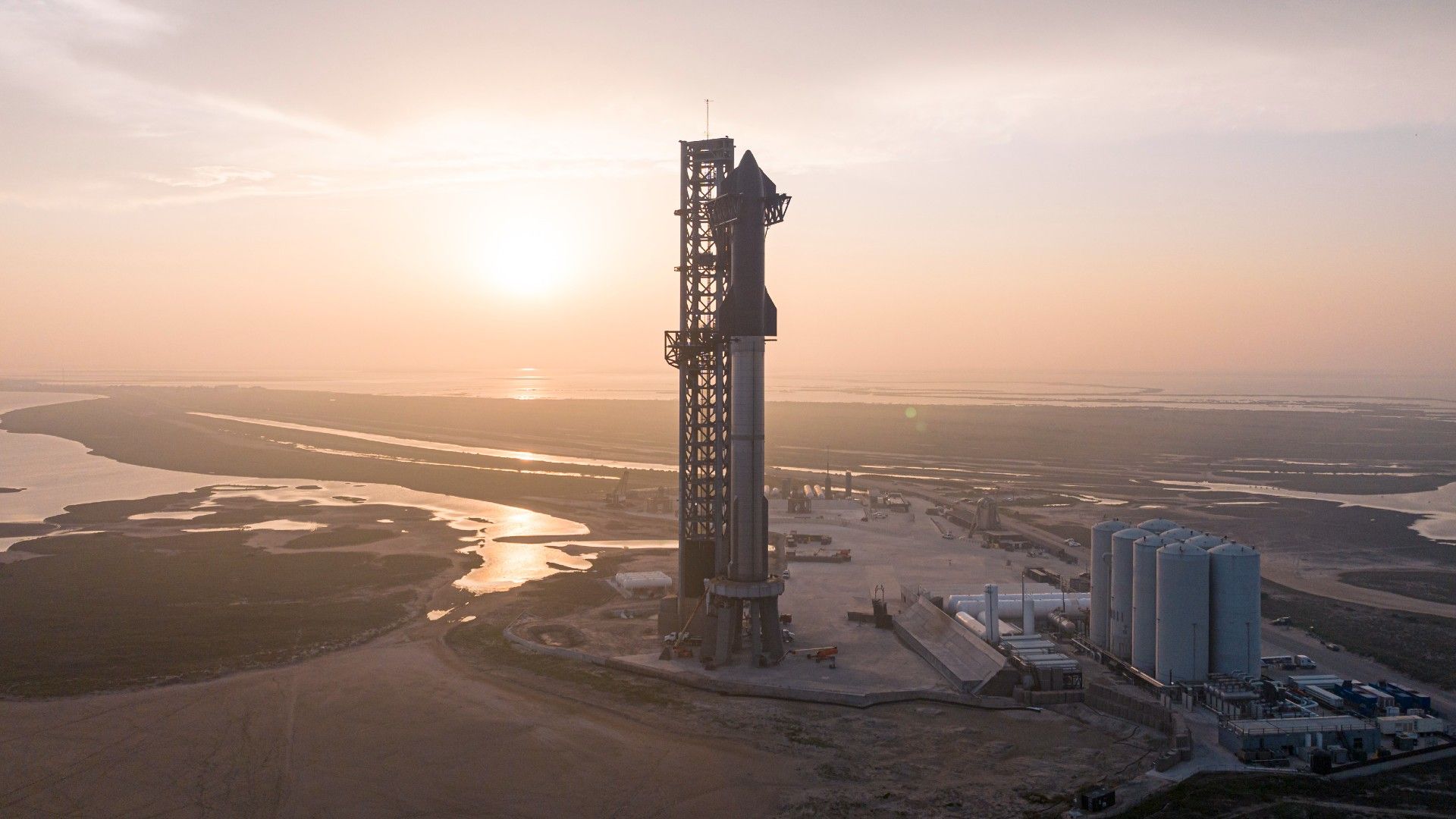
NASA may have no choice but to postpone the launch of its next mission to land astronauts on the moon by more than a year.
Growing pains for SpaceX’s massive Starship rocket over the past year have stunted the timeline for the still-developing launch vehicle and spacecraft, which is contracted to land astronauts on the lunar surface as a part of NASA’s Artemis 3 mission. The space agency is targeting 2027 for that launch, but SpaceX’s own timeline seems to contradict that, reinforcing concerns previously voiced by NASA officials over Starship’s readiness.
Artemis 3’s predecessor, Artemis 2, could launch as soon as February 2026 based on current NASA timelines. That mission will launch astronauts around the moon, but doesn’t include a lunar landing. Artemis 1 launched an uncrewed mission to lunar orbit in November 2022, so a delay of Artemis 3 to 2028 will set an average cadence longer than two years between Artemis program missions. By comparison, between 1968 and 1972, NASA’s Apollo program launched one of its 11 missions about every 4.5 months.
But the internal SpaceX document obtained by Politico shows the company’s timeline for Starship no longer aligns with NASA’s. Starship entered the test flight phase of its development in 2023 with the first integrated launch of its Ship upper stage with its Super Heavy booster. In its first two years, the vehicle has reached some significant milestones, including the return and recovery of a Super Heavy booster using its launch tower’s “Mechazilla” chopstick-like arms to catch the rocket out of mid air.
This year, however, has been a different story. Of Starship’s five launches of 2025, the first three were not considered successful. Each resulted in the loss of the Ship upper stage either in space or during reentry. Starship’s latter two launches of the year represented complete turn-arounds for the “Block 2” version of the vehicle, and managed to successfully demonstrate some of the spacecraft’s critical capabilities.
SpaceX is designing Starship for complete reusability — something never yet accomplished for an orbital launch vehicle. The company has perfected reflight refurbishment with its smaller Falcon 9 rocket booster, and while SpaceX has completed 500 launches and counting of its previously-flown boosters, the rocket’s second stage still remains a one-time-use vehicle.
With Starship, SpaceX is aiming for reusability of the entire system. The company has already demonstrated two Super Heavy reflights, and completed successful soft-touchdowns in the ocean with Ship during Starship’s Aug. 26 and Oct. 13 test launches. Starship can carry considerably heavier payloads compared to the company’s smaller Falcon 9 rocket, and SpaceX hopes to position Starship as humanity’s spacecraft to Mars. Company CEO Elon Musk has voiced his hope that Starship will deliver up to 1 million people to the Red Planet in the next 20 years. Before it can do that, however, Starship needs to land NASA astronauts on the moon, and it has several more milestones to reach before the space agency puts its personnel onboard.
While Starship has found some slightly firmer footing on its path to operational qualification, SpaceX still has to prove some of the vehicle’s most critical capabilities, including orbital cryogenic fuel transfer between vehicles and an uncrewed lunar landing. To complete its responsibilities for Artemis 3, SpaceX estimates the Starship lunar lander will need up to be refueled in space 12 times to pack away enough propellant to land on the moon and launch back to lunar orbit. Once there, it will rendezvous with NASA’s Orion spacecraft, which will ferry Artemis 3 astronauts back to Earth.
So, while terrestrial landing and reusability are crucial for SpaceX’s Starship design, they aren’t critical for NASA’s mission to the moon. Still, the space agency may be at the mercy of SpaceX’s design trajectory.
